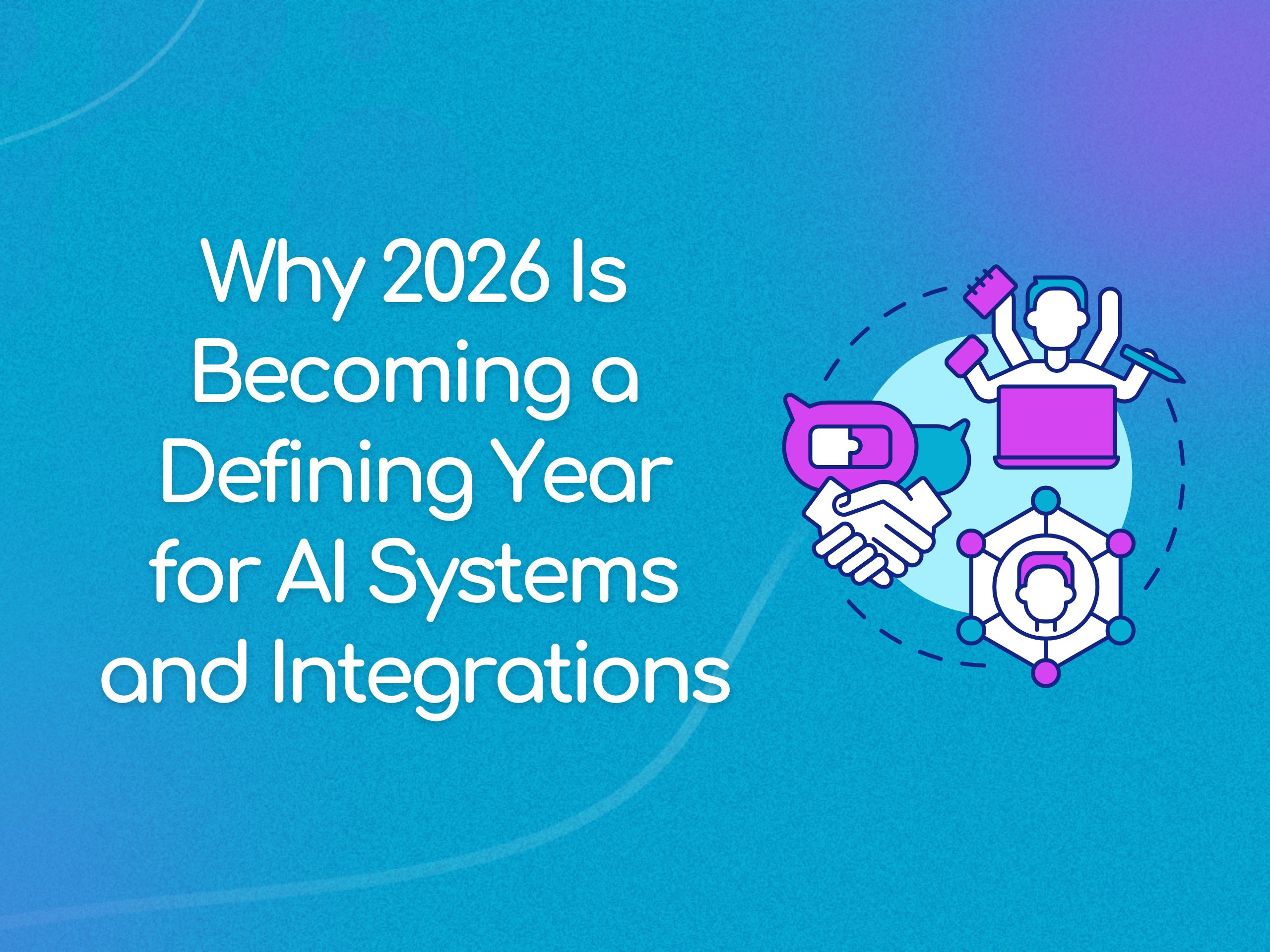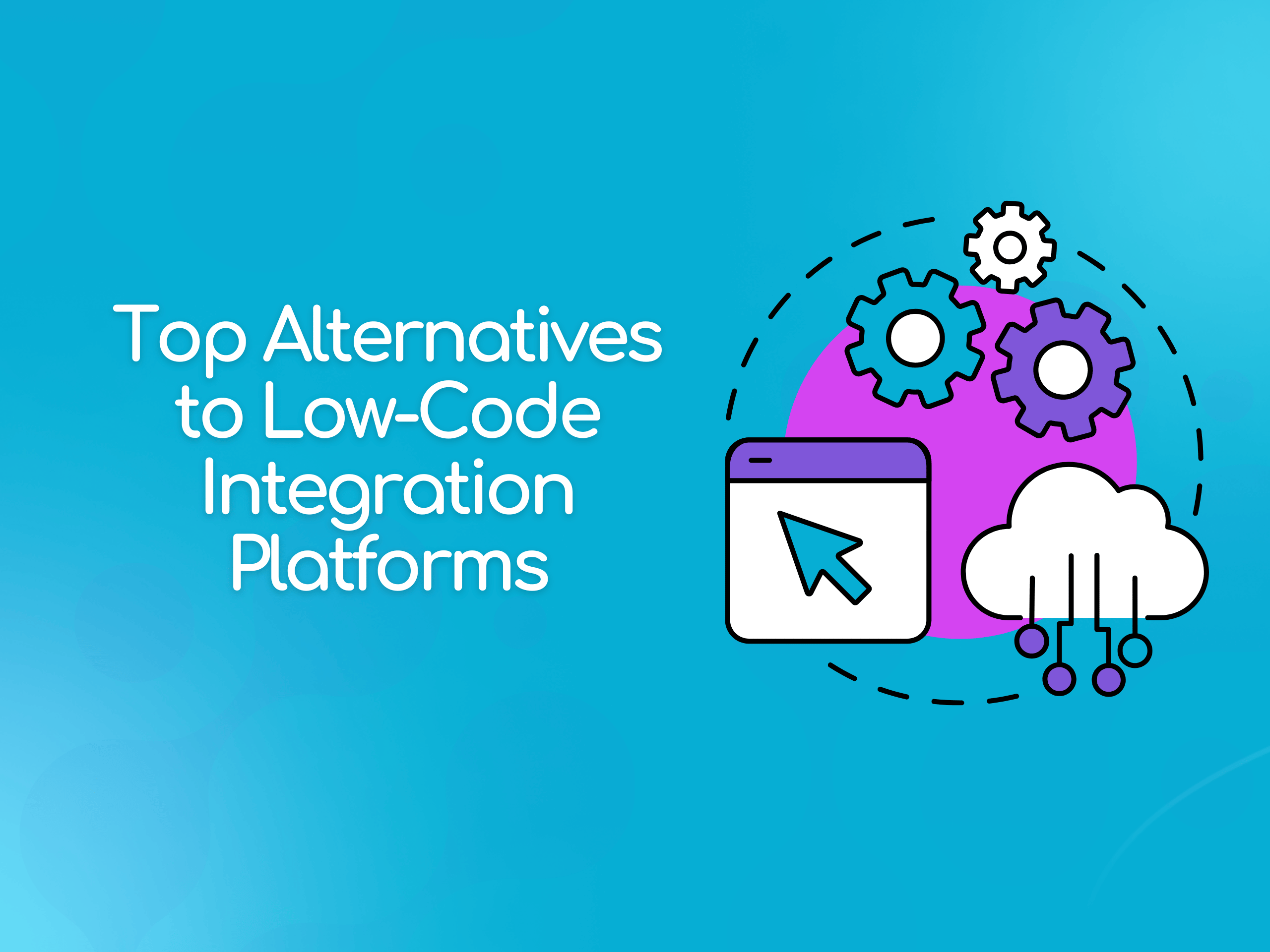How the Top 10 Private SaaS Companies Handle Integrations, Technology Partnerships, and App Marketplaces

Every year, Forbes publishes their Cloud 100 list. This is a ranking of the top 100 private SaaS companies. There is a lot to learn by analyzing the companies on this list. So we decided to grab the top 10 companies on the list and look at them through the lens of integrations and partnerships. We wanted to know how these companies think about technology ecosystems and how they’re expanding their SaaS solution and partner programs.
We did a deep-dive and looked at several data points regarding how these companies build and market integrations and technology partnerships. We set out to answer questions like:
- How many integrations, extensions, plug-in, and technology partners do they have?
- Are their APIs and documentation public or private?
- How do they market their integrations and technology partner programs?
- What are their technical requirements for partner integrations?
Once we gathered the information and analyzed at the results, we found clear trends showing how these industry leaders are enabling digital transformation and growing their technology ecosystems.
In this article, we give you a full breakdown of what we learned.
Overview of Forbes 2023 Cloud 100 List
Forbes Cloud 100 is an annual list that recognizes the world's top 100 private cloud computing companies. The criteria for being recognized on this list includes leadership, revenue growth valuation, and overall impact on the cloud computing space.
The Top 10 Private SaaS Companies According to Forbes’ list are:
*Note that since this report and article was released Klaviyo has gone public.
Let’s dive into the trends we noticed when we analyzed these companies.
Trends in Company Product Categories
AI and Machine Learning
Within this year's Forbes Cloud 100 list, 55% have integrated generative AI into their products. Notable examples include companies in the top 10, such as OpenAI, Grammarly, and DataBricks, alongside 16 newcomers to the complete list, most of which are AI startups.
This collective presence underscores the influence of AI-driven innovations within the 2023 SaaS landscape.
Digital Transformation and Remote Work Tools
Since 2020, SaaS companies that enable digital transformation, remote work, and collaboration, such as Stripe, Klaviyo, Canva, Miro, and Talkdesk, continue to grow in importance in today's business landscape.
They provide essential tools for online payment processing, marketing automation, graphic design, visual collaboration, and call center technology. The emphasis on these areas highlights their role in supporting businesses as they evolve in response to changing work environments and customer expectations.
All in all, looking at the top 10 private SaaS companies, it’s clear that innovation and adaptation are key drivers to success.
Integrations, Plug-ins, and Extensions at the Top 10 Private SaaS companies
The top 10 private SaaS companies had a median of 136 integrations, plug-ins, and extensions.
Note: We looked at the median number instead of the average because Grammarly claims 500,000+ app and website extensions, which significantly skews the data in a misleading way.
%252520(2560%252520x%2525201920%252520px)%252520(3).avif)
Companies like Grammarly and OpenAI don’t necessarily have integrations but offer plug-ins or extensions to enhance other software and systems.
With Open AI at the top of the Forbes list, it was surprising that they were lower ranking in terms of offered integrations and plug-ins.
After digging deeper, OpenAI still leverages an ecosystem and digital transformation strategy by directly selling access to their API and AI models to developers and enterprises and through their partnership with Microsoft, which has invested billions in the company.
Their growth is also due to selling subscriptions to their product ChatGPT to individuals and enterprises.
.avif)
This demonstrates that when companies have valuable data or an API that is valuable to other software systems, they can employ an ecosystem model through a developer-first approach.
This approach is a strategic move to become a fundamental part of various applications and services without the need for traditional integrations.
APIs and Developer Documentation at the Top 10 Private SaaS Companies
Public Documentation
All 10 of the top private SaaS companies offer public documentation that provides insights and resources for users and developers looking to connect to their systems or build new functionality.
Public APIs
9 of 10 of the companies provide a public API, bridging their software and external systems.
The one outlier here is a cybersecurity-focused company, which is understandable given its focus on data security.
Marketplaces at the Top 10 Private SaaS Companies
Public Marketplaces
All of the top 10 SaaS companies host public marketplaces where they showcase the integrations, plug-ins, extensions, or technology partnerships that enrich their ecosystem and user experience.

7 of 10 companies feature a search bar and categories in their marketplaces, making the discovery of relevant integrations and technology partners easier for customers, prospects, and partners.

4 of 10 companies actively engage their user base by providing integration request forms on their public marketplace, enabling users to submit integration suggestions — a testament to their commitment to user-centric innovation.

In-App Marketplaces
8 of 10 companies offer in-app marketplaces, where users can seamlessly discover and install integrations within their software or install the software’s extension into other systems.
%252520(2).avif)
While Grammarly offers their software as an extension via different operating systems, it empowers users within Grammarly to add their extension to those systems.

Technology Partner Programs at the Top 10 Private SaaS Companies
All 10 companies nurture technology partnerships through dedicated programs, fostering collaboration and innovation within their ecosystems. Some companies describe them as app partnerships or OEM partnerships.
Marketing for Technology Partner Programs
9 of the 10 top private SaaS companies that publicly disclose their technology partner programs promote their program through dedicated landing pages.
These landing pages include the benefits and resources available for those in their program, case studies and testimonials from current partners, and how to apply to become a partner.

Partner App Approval Processes at the Top 10 Private SaaS Companies
5 of 10 organizations disclose their partner app approval processes. These include technical requirements and, for some organizations, even user experience and marketplace listing requirements that must be met before integrations are put in front of their users.
This indicates a level of transparency and openness that provides potential partners with upfront insight into approval criteria.

Disclosing their app approval process also suggests that technical compatibility and security are important considerations for them when evaluating partner apps. This also implies that potential partners must have a solid technical foundation to meet their requirements.
The mention of user experience and marketplace listing requirements for some of these organizations also reveals that there is not only a focus on technical aspects but also on the quality of the end-user experience.
Embeddability
8 of 10 companies can be embedded into other SaaS products, further expanding their reach and impact.
This data point underscores the growing need for businesses today to have software that can seamlessly integrate with existing systems and the multiple approaches software companies can take to do this.
SaaS providers can extend their reach by allowing other systems to build on or integrate with their platform and enabling their technology to be embedded into other systems.
Using either or both strategies allows top private SaaS companies to become essential components of other software – increasing their reach and impact.
Methodology
The companies analyzed in this article were sourced from Forbes’ 2023 Cloud 100 list.
The information collected in this report is only based on publicly available resources, from websites, support docs, press releases, videos, and information the company provided elsewhere, like on review sites or in interviews.
Information that gathered from a company with only an email login was also included.
Similarly, if a company did not have publicly available support documentation, product videos, or any comment on whether they had an in-app marketplace, they were excluded from the analysis.
From the Blog

Why 2026 Is Becoming a Defining Year for AI Systems and Integrations

